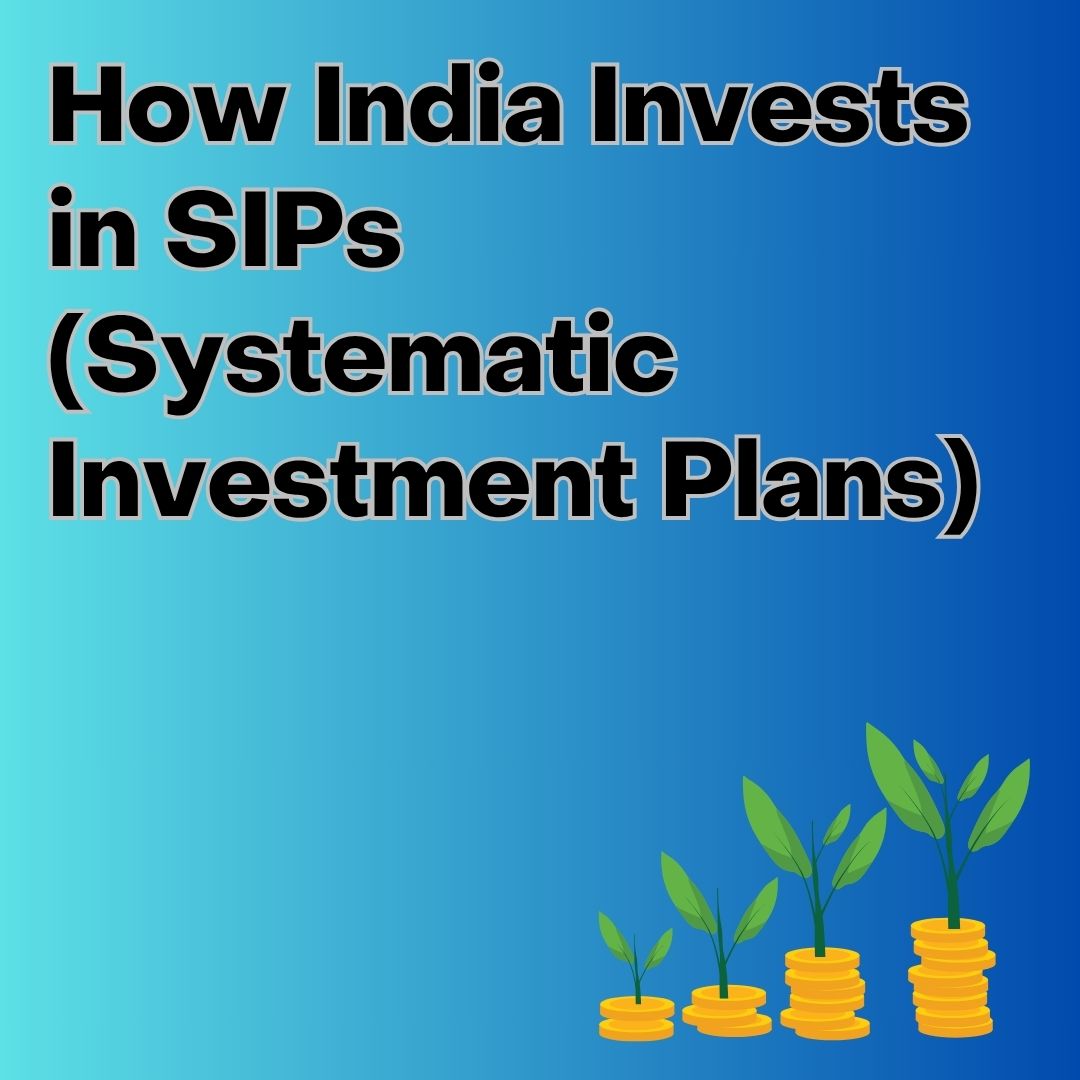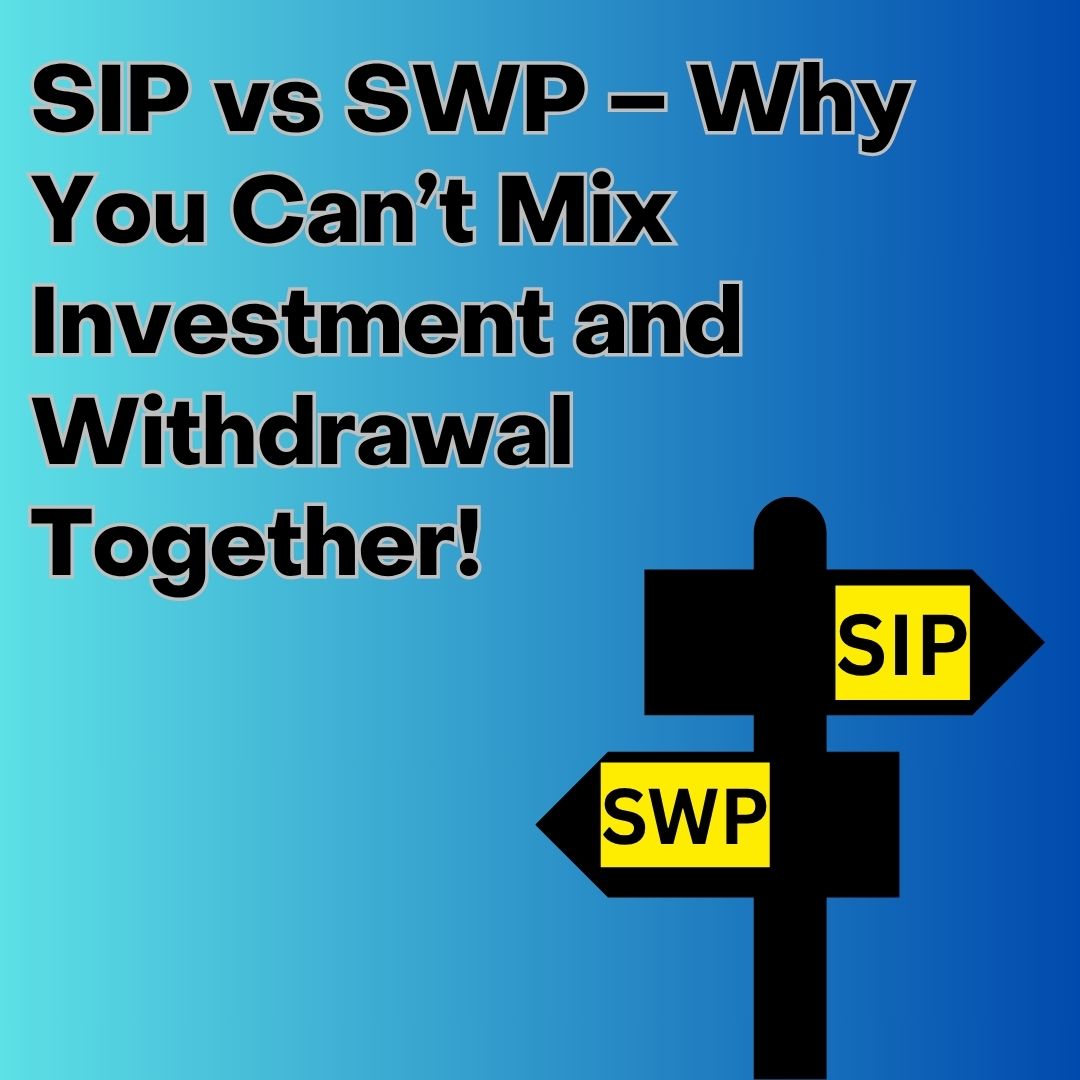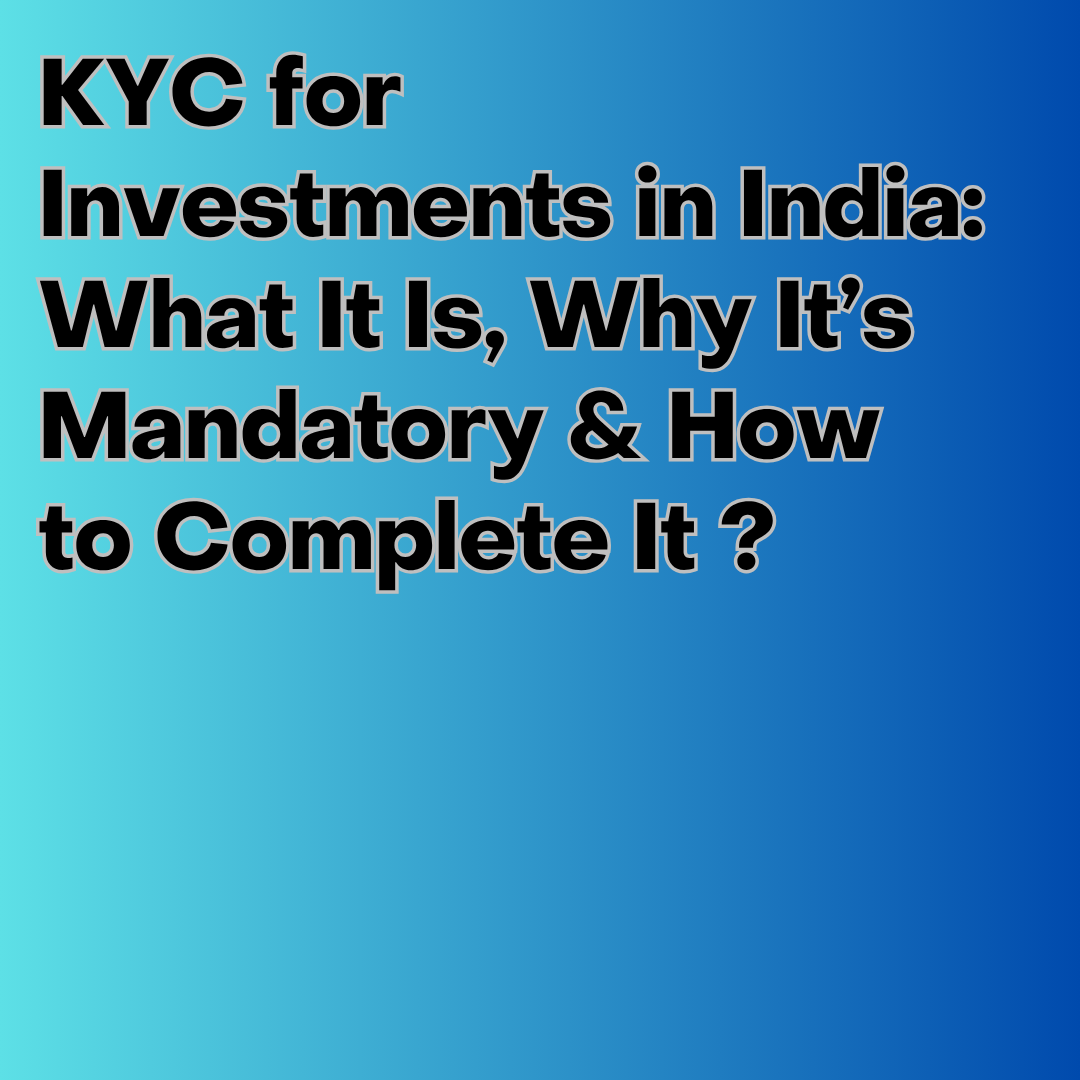SEBI’s New Mutual Fund Expense Rule: What’s Changing and How It Impacts Investors

Understanding SEBI’s New Rule on Mutual Fund Expenses
The Securities and Exchange Board of India (SEBI) has recently proposed sweeping reforms to mutual fund expense structures. This move aims to make investments more transparent, fair, and cost-effective for investors, while ensuring fund houses maintain efficiency.
The proposal focuses on redefining and reducing the Total Expense Ratio (TER) — the total cost investors bear when they invest in a mutual fund.
What’s Changing?
Here are the major changes SEBI has introduced:
Clearer Expense Breakdown:
SEBI has clarified that brokerage, transaction costs, and taxes will now be excluded from the Total Expense Ratio (TER) and must be disclosed separately. This gives investors a clearer view of actual costs.
Lower Brokerage & Transaction Cost Caps:
- Brokerage in the cash market will reduce from 12 basis points to 2 basis points.
- Derivative transactions will be capped at 1 basis point (down from 5).
- This ensures fund houses can’t inflate costs through hidden charges.
Reduced Base TER:
SEBI plans to cut the base TER by up to 15 basis points for open-ended equity schemes, directly lowering the total cost to investors.
Removal of Extra 5 bps Allowance:
The additional 5 bps charge allowed to fund houses will now be removed — another investor-friendly step.
Better Disclosure Between Direct & Regular Plans:
Fund houses must now separately disclose expense ratios, performance, and returns for both plans, helping investors easily compare.
Why Did SEBI Make This Change?
SEBI’s reforms come from a simple but powerful objective — to protect investor interest.
Here’s what drove this decision:
- Transparency: Investors often didn’t know what made up their fund costs. SEBI wants every rupee charged to be visible and justified.
- Cost Efficiency: Larger AMCs enjoy economies of scale but didn’t always pass that benefit to investors. The new rules fix that.
- Simplification: The old expense structure had too many exceptions. Now, it’s simpler and easier to regulate.
- Fairness & Competition: Standardized expense rules will promote healthy competition among fund houses, pushing them to perform rather than overcharge.
How Will This Help Investors?
For investors, especially those investing regularly or managing large portfolios, this reform brings tangible benefits:
Lower Costs, Higher Returns:
Even small cost reductions (like 0.1% annually) can add up significantly over the long term due to compounding.
Greater Transparency:
Investors can now clearly see what they’re paying for — and switch to more cost-efficient funds if needed.
Improved Comparability:
Direct vs regular plan costs will be easier to compare, making smart decision-making simpler.
Increased Trust:
More transparency builds greater investor confidence in mutual funds as a long-term wealth creation tool.
What Could Be the Impact on Fund Houses?
- While the move benefits investors, mutual fund companies (AMCs) may face pressure on margins.
- They’ll need to optimize operations, improve scale, and cut back on unnecessary marketing spends.
- Some smaller or high-cost funds might merge or limit new investments to manage profitability under the new structure.
- However, in the long run, this should lead to leaner, more efficient, and investor-centric AMCs — improving the overall industry health.
What Should Investors Do Now?
If you already invest in mutual funds, here’s what you can do:
- Review Your Expense Ratios: Check the TER of your current funds — especially in regular plans.
- Compare Direct vs Regular Plans: The difference can be 0.5–1%, which compounds massively over years.
- Focus on Performance Net of Cost: Don’t chase low TERs blindly; assess returns after all expenses.
- Stay Updated: Once SEBI finalizes the circular, review your fund’s disclosures for any cost changes.
Final Thoughts
SEBI’s latest rule is a milestone for investor empowerment. It reinforces that transparency and cost efficiency are just as crucial as returns.
For serious investors, this is the right time to revisit your portfolio, analyze your cost structure, and align with funds that deliver long-term value efficiently.
As per mutual fund investment:
Even a small reduction in costs can have a big impact on long-term wealth creation. Choose transparency, choose growth — choose smart investing with Blissmoney Fintech Pvt. Ltd.





































